Incredible innovations that are changing travel as we know it
The future of travel

Candela P-12 Shuttle
The world of travel is in constant flux, with advancements in aviation, hotels and more changing the way we explore this planet. In the last few years we've seen huge strides being made in the travel tech sphere. See AI-powered trip planning, for one thing – but there's a lot more to look forward to. From energy-positive hotels and space tourism to Stockholm's proposed 'flying' electric ferries, these are the cool innovations we can't wait to try.
Read on to see how you'll be travelling in the not-too-distant future...
Driverless taxis

Mario Tama/Getty Images
It might sound like something out of a sci-fi movie (see the Johnny Cab in 1990's Total Recall), but in San Francisco taxis are now ferrying people around town without a driver. The first company to receive a permit for the robo-cab pilot programme was Cruise, with the public initially able to hail rides in the evenings. In December 2022, second company Waymo was green-lit to roll out its services across the entire city and operate all hours of the day. The driverless taxis, which use machine learning, cameras and radar to navigate their way around, are now accepting rides in fellow US cities Austin, Los Angeles and Phoenix too.
A new supersonic jet
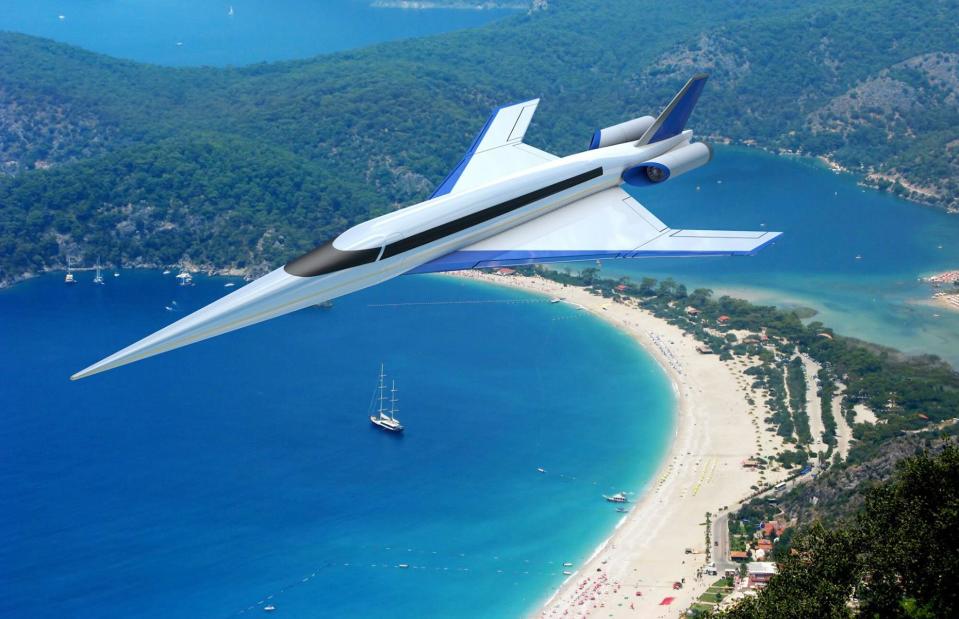
Spike Aerospace, Inc.
Dreaming of a trip across the pond? A groundbreaking new supersonic jet could slash the time it’ll take passengers to hop across the Atlantic. The novel aircraft – Spike S-512 Diplomat Supersonic Jet – is pioneered by Spike Aerospace and will see travellers reach New York from London in just three hours.
A new supersonic jet
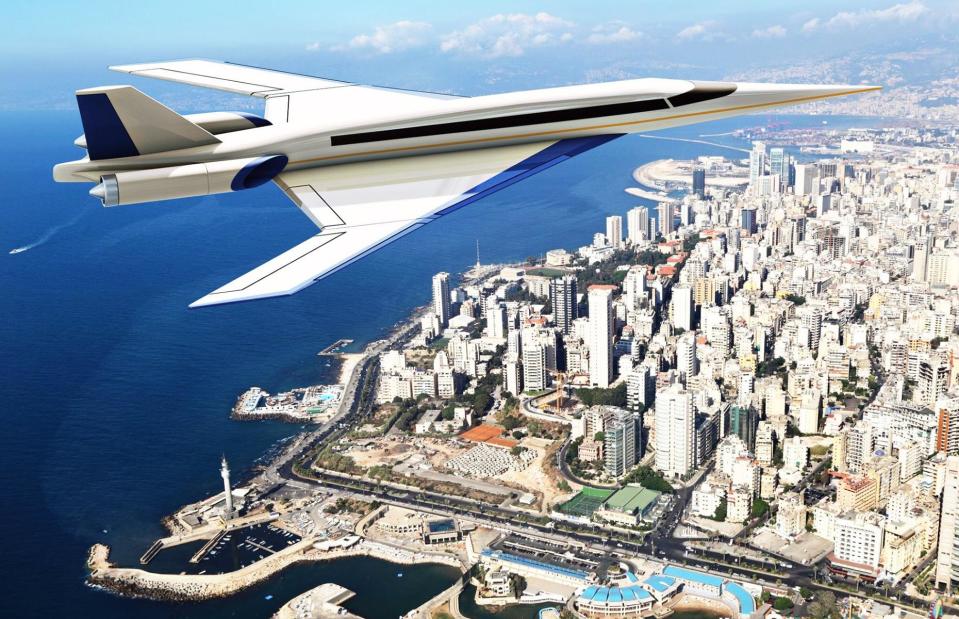
Spike Aerospace, Inc.
The new jet has been likened to Concorde for its super speed: it travels at Mach 1.6, which is 568 miles per hour (914km/h) faster than the fastest commercial passenger plane. But, unlike its famous predecessor, the jet is super quiet. Technology to thwart the noisy 'sonic boom effect' – occurring when an aircraft passes through the air faster than the speed of sound – has been prioritised in the jet’s design.
A new supersonic jet

Spike Aerospace/Facebook
The plush cabin is worth a mention too – all clean lines and swish leather seats. Most high-tech of all are the digital screens that operate in place of windows. They’re another noise-mitigating innovation and they allow passengers to choose between watching movies, their own presentations or the vistas unfolding outside the jet. It’s thought that the Spike S-512 could enter commercial service by 2028, with models able to be reserved by those with private jet budgets.
Hypersonic services

Courtesy of Destinus
Spike Aerospace isn't the only innovator vying for super-speedy air travel. European start-up Destinus, with its proposed hypersonic service, looks to connect Frankfurt to Sydney in four hours and 15 minutes and Memphis to Dubai in three-and-a-half hours.
Hypersonic services

Courtesy of Destinus
Thanks to significant financial backing from both private and public services, Destinus aims to test a supersonic hydrogen prototype in the year 2026. This will be a first-of-its-kind moment in the history of aviation. By 2030, the company plans to bring the dream one step closer by building a hypersonic plane. Its aim is to be fully scaled up by the 2040s, offering passengers unprecedentedly fast commercial flights across the globe.
Super long-haul flights
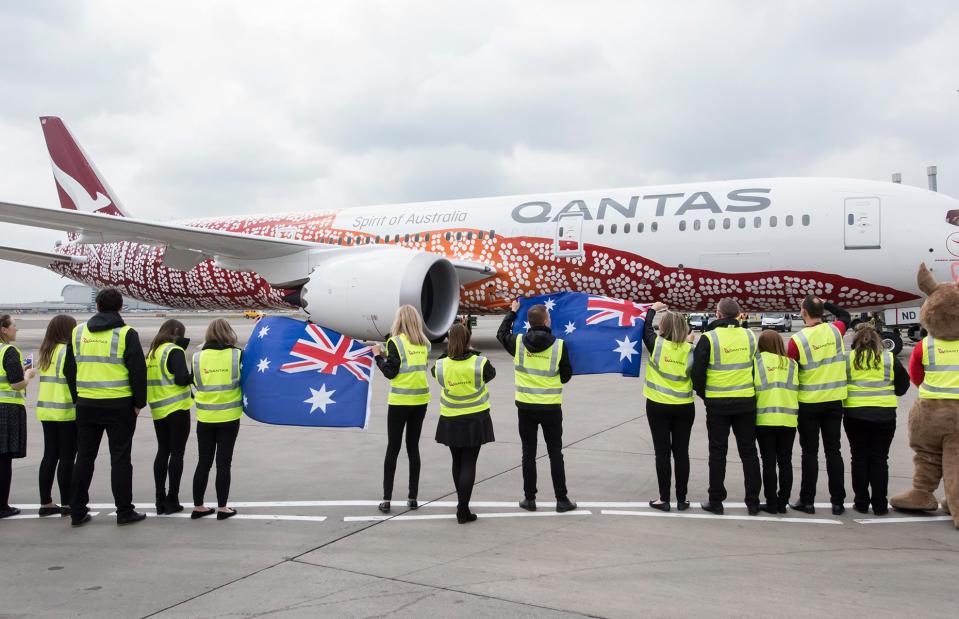
James D. Morgan/Getty Images
Australia’s flagship airline, Qantas, is another company that’s making the world that bit smaller. The carrier’s Project Sunrise is focused on ultra-long-haul routes, joining up the east coast of Oz with world destinations including London and New York. This follows the 2019 launch of direct flights from London to Perth, with a journey time of around 17 hours (the first flight is pictured here).
Super long-haul flights
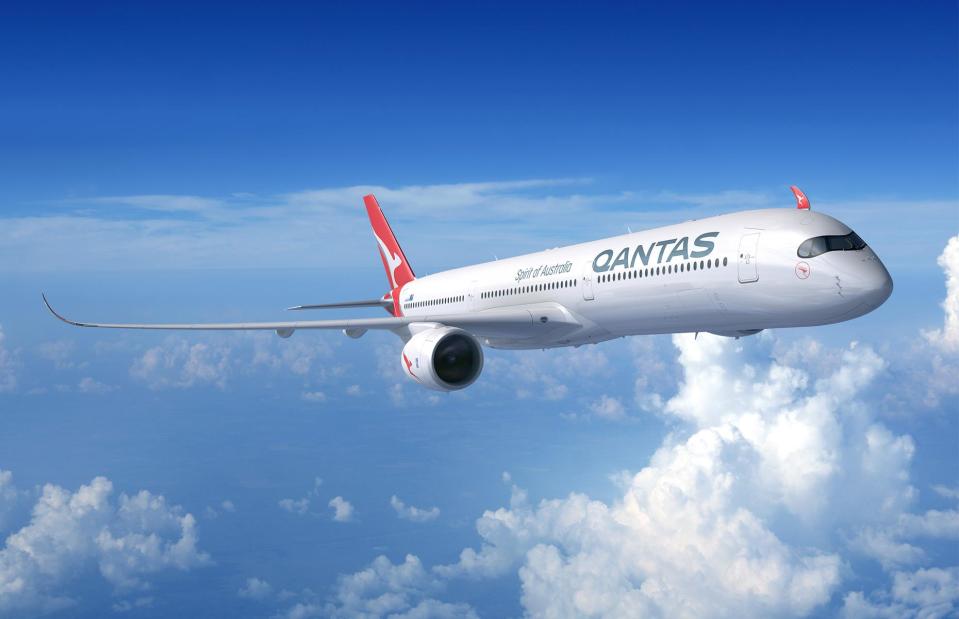
Qantas
In 2019, a test flight saw a Boeing 787-9 Dreamliner travel direct from London’s Heathrow Airport to Sydney in 19 hours and 19 minutes. A flight from New York to Sydney, with a journey time of 19 hours and 16 minutes, was also trialled that year. In 2019, the initiative was halted due to COVID-19, but there are now plans for direct services to link Sydney and Melbourne with New York and London by late 2025.
Super long-haul flights
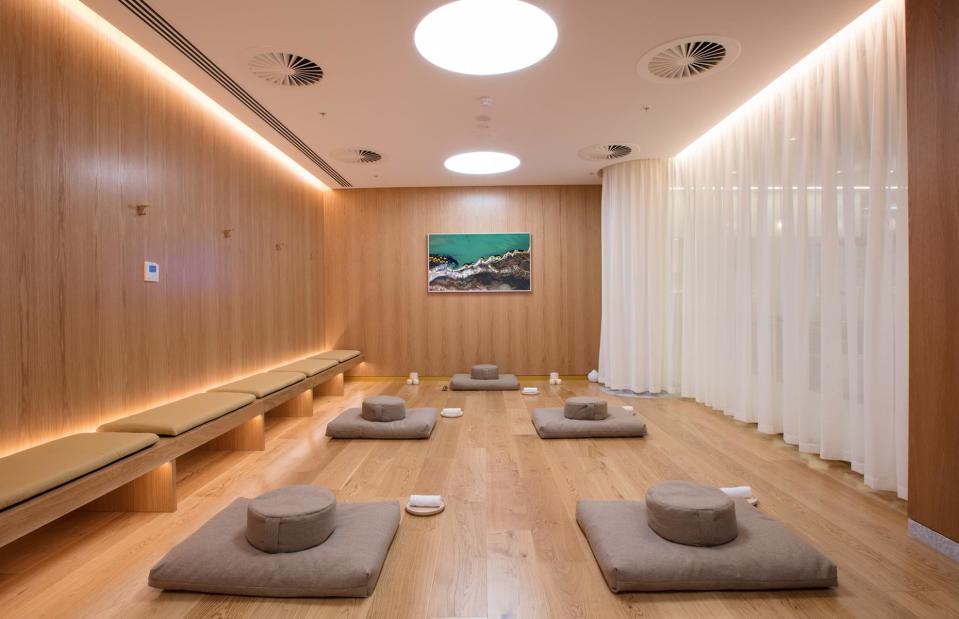
Qantas
The carrier has made efforts to combat jet lag and look after passengers’ welfare on these super long-haul flights too. The Perth International Transit Lounge was opened just before the launch of the Perth-London route and includes state-of-the-art shower suites with ‘light therapy’ technology, designed to help passengers adjust to new time zones. There’s also a wellness studio (pictured) for stretching, relaxing and limbering up before lengthy hours in the air. Feeling hungry? Check out the outdoor patio area and BBQ grill menu.
An electric plane
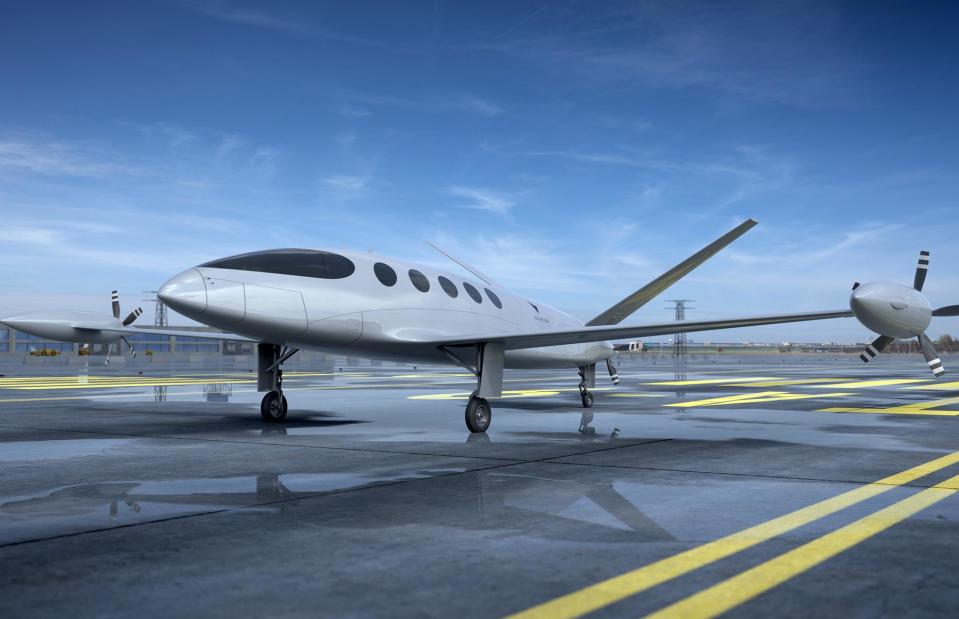
Eviation
It’s estimated that the aviation industry accounts for around 2.5% of all global human-induced CO2 emissions, and some savvy companies are dreaming up ways to combat the problem. Eviation has created the world’s first all-electric passenger plane, Alice. This award-winning aircraft operates with a battery and produces zero emissions. It completed its first test flight in September 2022.
An electric plane
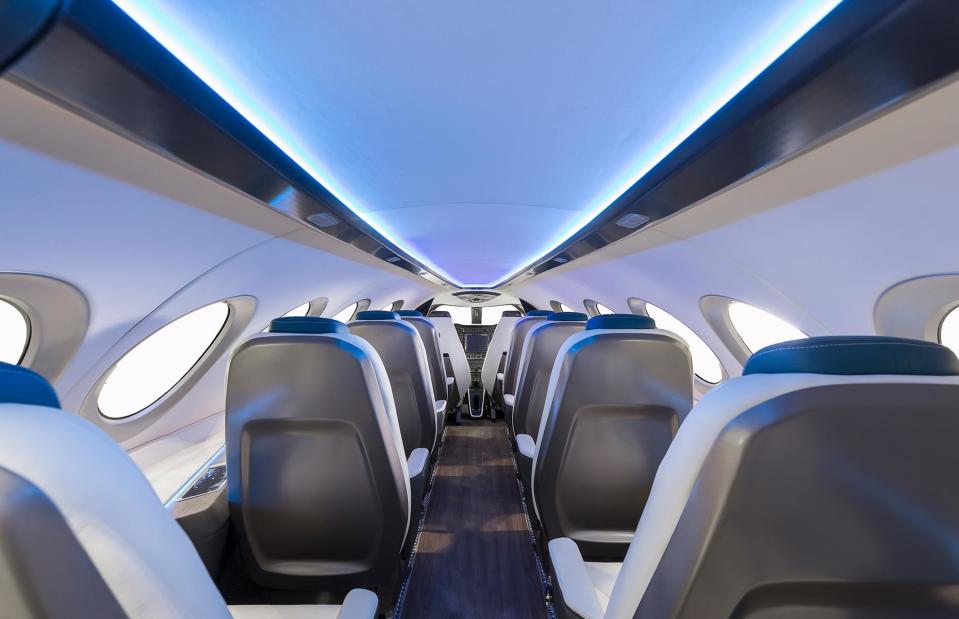
Eviation
Designed for short-haul journeys, Alice can travel roughly 440 miles (708km) on a single battery charge at a speed of 288 miles per hour (463km/h). She’s got room for nine passengers in her comfy cabin (pictured), and a batch of the aircraft has already been sold to US carrier Cape Air. This all comes as Scandinavian countries Norway and Sweden have pledged to run all short-haul flights with electric airliners by 2040. In the last few years, a subtle but needed redesign of the Alice has taken place and, as a result, brought commercial electric flying one step closer. Watch this space…
Spacious suites

JetBlue Airways
Low-cost American carrier JetBlue is making comfort sky high with its new Mint Studio. These two roomy mini-suites at the front of JetBlue’s newest planes are tipped as having 'the most space in a premium experience from any US airline'. They even have a guest seat so you can hang out with another passenger en route.
Spacious suites
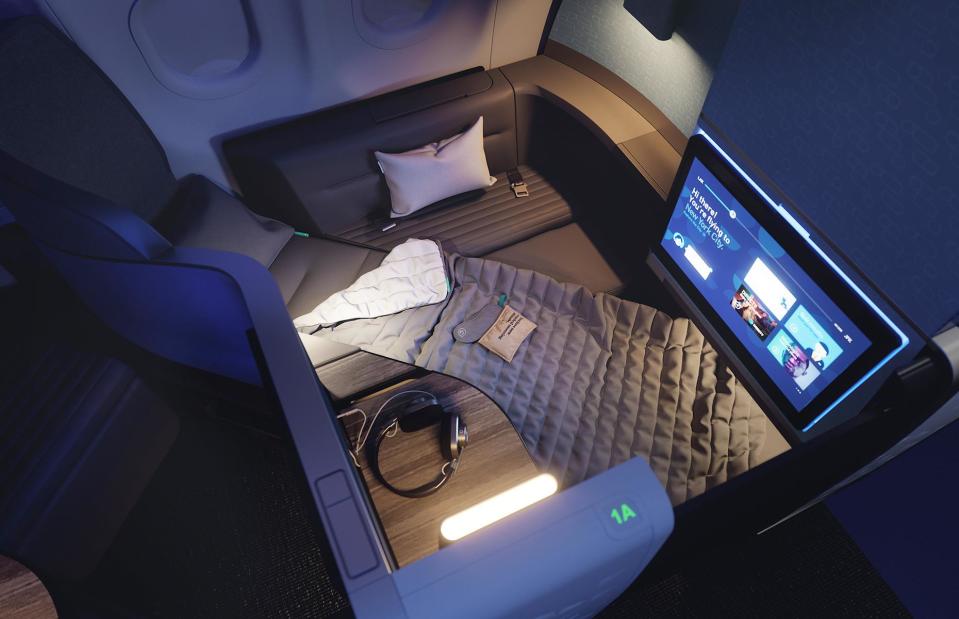
JetBlue Airways
Best of all, though, is the bed, which is said to be one of the largest in the air. A privacy door hides a comfy seat and an adjoining sofa that switches out into a generous lie-flat bed. There’s also a plush Tuft & Needle mattress and plenty of mod cons, from wireless charging to a 22-inch TV screen. The Mint Studio launched in 2021, and is available on all transatlantic flights and select coast-to-coast flights.
A lie-flat bed for economy travellers
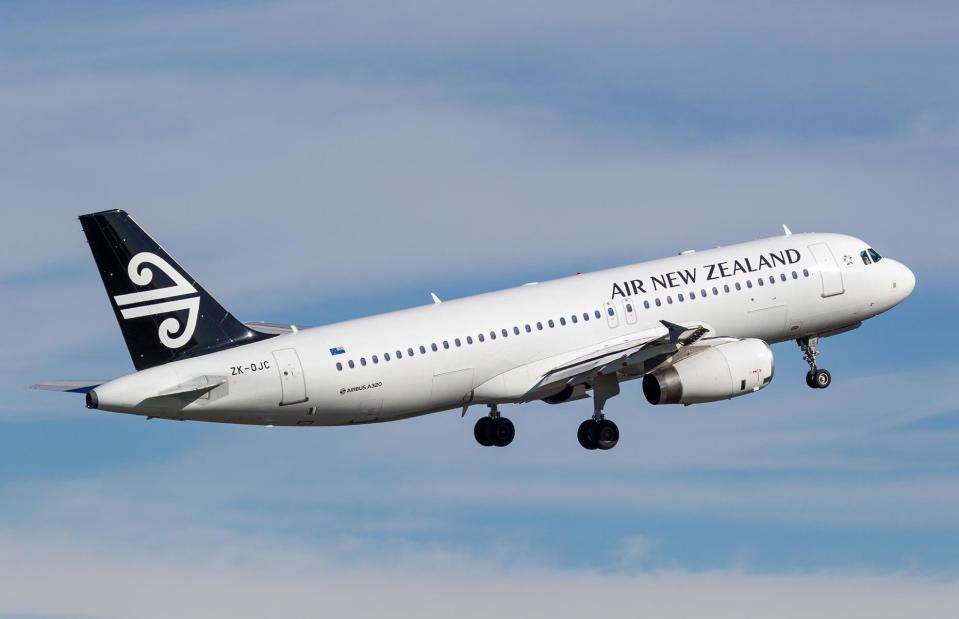
Ryan Fletcher/Shutterstock
Air New Zealand is another carrier making sure passengers have a good night’s sleep. The airline has revealed its Skynests: six 'sleep pods' with a bunk-bed design that allows economy travellers on select planes to lie flat and get some shut-eye. Inspired by capsule hotels, they’re more than six feet (2m) long and 58cm (23in) wide, and come with creature comforts like ear plugs, a reading light, a privacy curtain and bedding.
A lie-flat bed for economy travellers
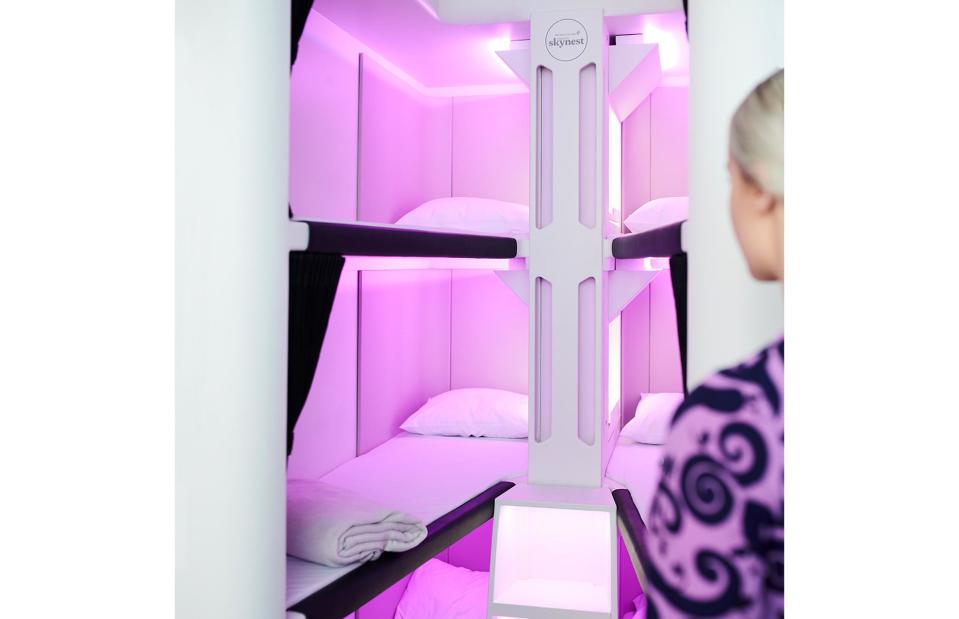
Air New Zealand
For a four-hour snooze in the pod, economy-class passengers will need to pay between £199 ($249) and £299 ($374) on top of their flight ticket and pre-book a slot for some rest en route before returning to their seat. It comes as the airline gears up to launch a super-long-haul flight from Auckland to New York, with a journey time of 16 hours and 15 minutes. The unique pods are being installed on Air New Zealand's Boeing 787 Dreamliners and will be available on select long-haul flights from September 2024.
Smart hotels
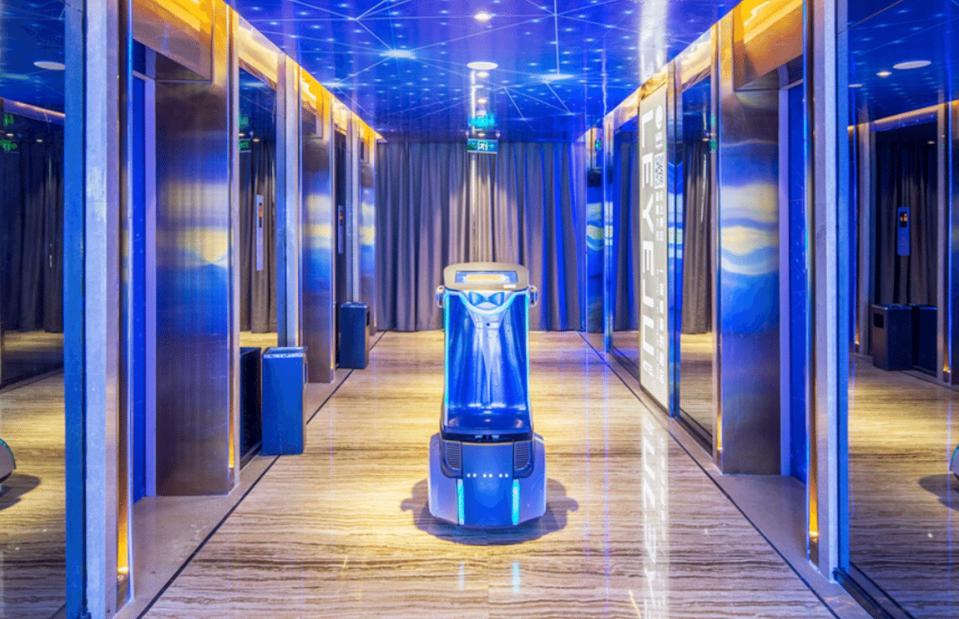
Leyeju Smart Hotel
From green boltholes to robotic breaks: smart hotels are big business and there are plenty of new kids on the block. Among them is the Leyeju Smart Hotel (pictured), which has locations across China. Just two staff members are employed at each hotel, purely for emergencies – the rest is covered by robots, who even guide guests straight to their rooms. Check-in is via facial recognition and everything from lights to temperature is controlled automatically.
Robot room service
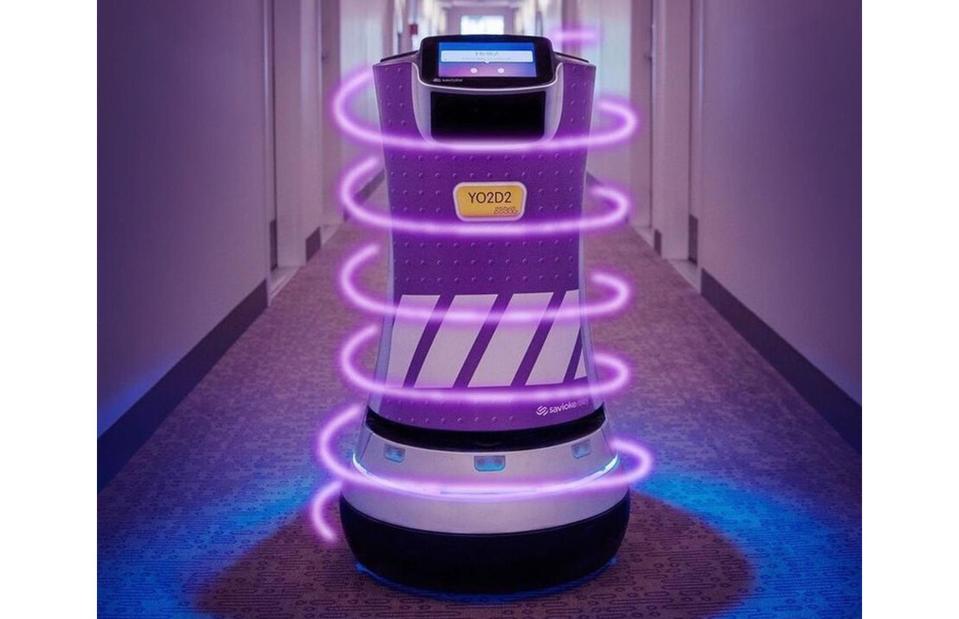
YOTEL/Facebook
US hotels are embracing robotics too. You’ll spot adorable robot YO2D2 flitting about YOTEL Boston, entertaining travellers and performing basic customer services. YO2D2 brings towels and linens to guest rooms, delivers purchases and summons lifts. He’s available for selfies too.
A fully vegan hotel suite
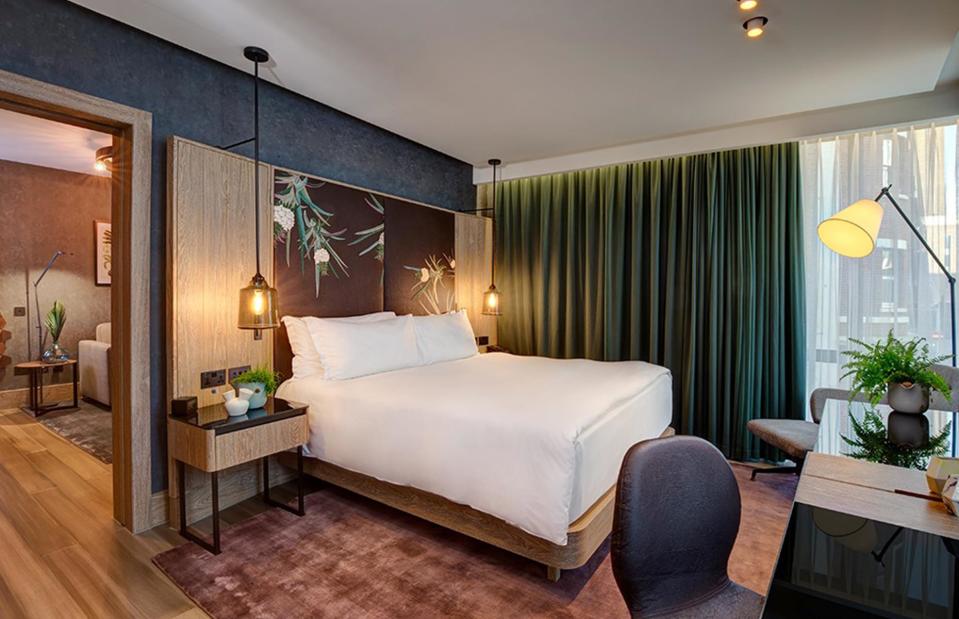
Hilton London Bankside/Facebook
It’s estimated that there are some two-and-a-half million vegans in the UK. They're well catered for at the swanky Hilton London Bankside and not just in the restaurant. In 2019, design company Bompas and Parr created what's considered to be the world's first entirely vegan suite.
A fully vegan hotel suite
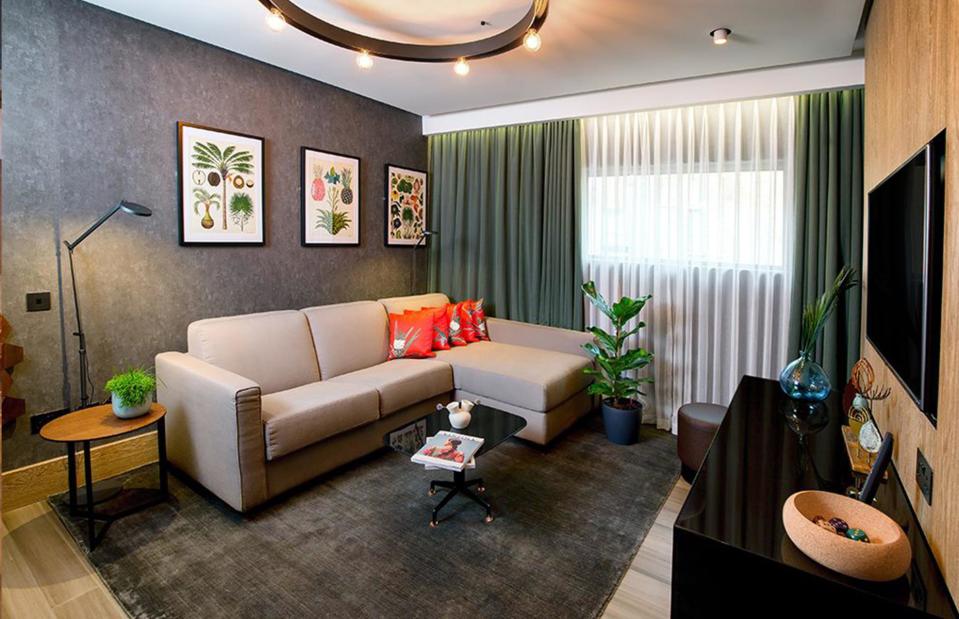
Hilton London Bankside/Facebook
The key material in the suite is Pinatex, a ‘leather’ made with pineapple leaf fibres, which is used for the room’s furniture. There are no feathers in the pillows either – instead they’re plumped up with things like buckwheat hulls and tree fibres – and the rugs are made from cotton rather than wool. The drinks in the mini-bar and the toiletries in the bathroom are 100% vegan too. The suite is available to book on the hotel's website (but you'll have to book a long way in advance as it's often sold out).
Choose your own hotel room
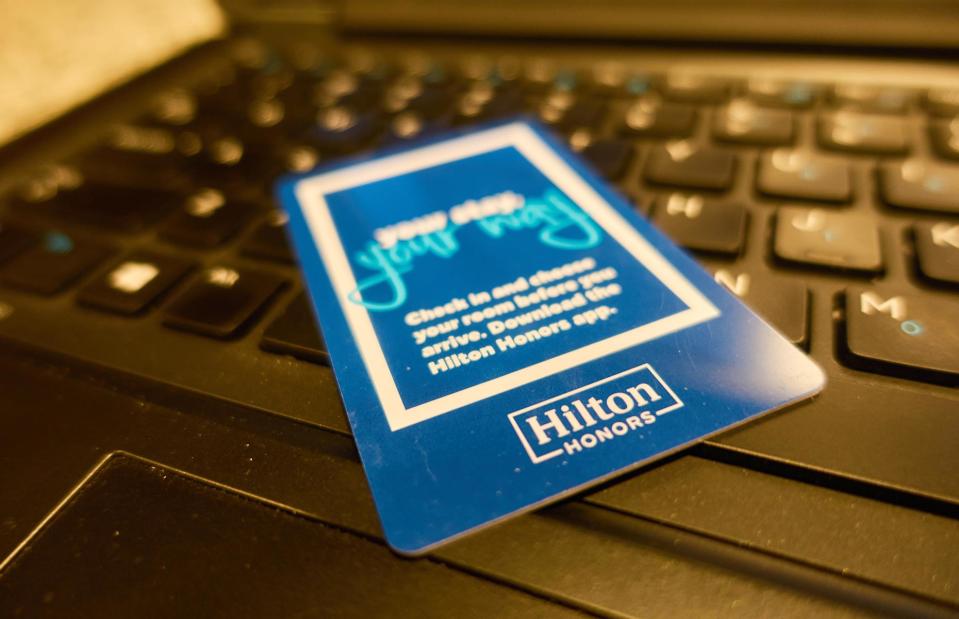
Lost_in_the_Midwest/Shutterstock
Hilton's digital offerings are top notch, and its high-tech amenities are centred around the Hilton Honors app. Using the app, guests can not only check in online but choose their very own hotel room, just as you would an aeroplane seat. Once you've entered your arrival time, you can peruse a floor plan and select your chosen location. When your trip's up, you can check out digitally too.
A hotel on the move
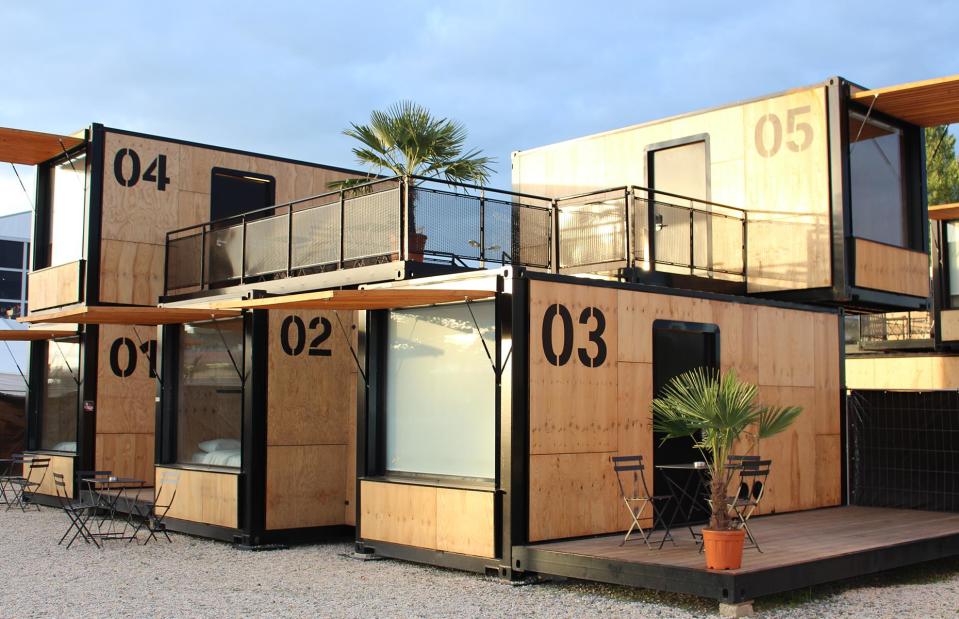
Accor Hotels/Sebastien Dupic
Imagine a hotel that can simply be picked up and moved on to a new location. That’s the USP of the Flying Nest, the brainchild of French hospitality group Accor. Slick guestrooms are housed within converted marine containers that can be shifted and assembled at the drop of a hat. The hotel has popped up at a beach, a festival and a ski resort in the French Alps.
A hotel on the move
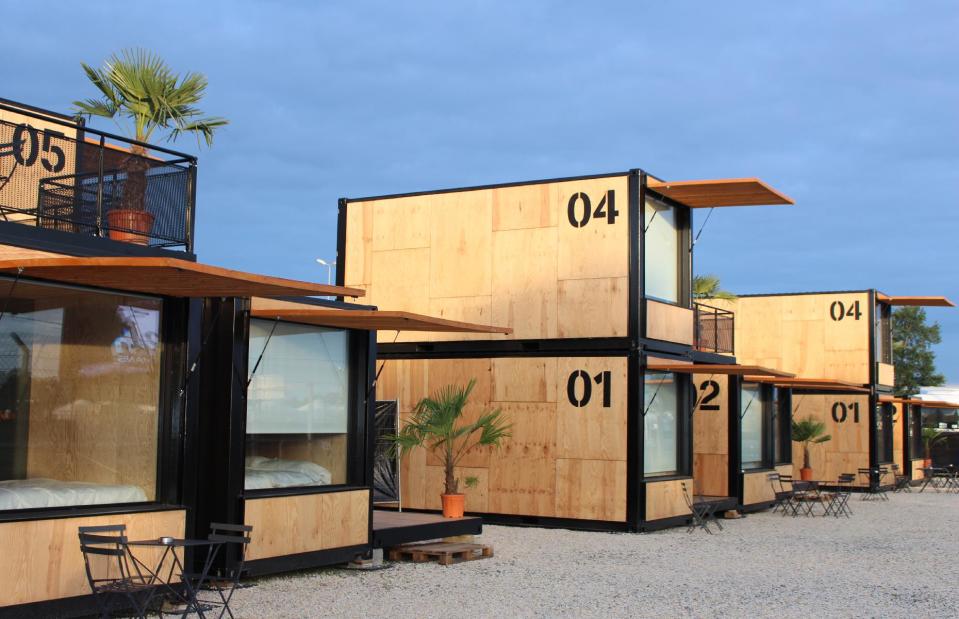
Accor Hotels/Sebastien Dupic
The nomadic hotel rooms have plenty of home comforts too: there’s air conditioning, wifi, cosy linens and a private bathroom. They’ve also got a green focus, with LED lighting, eco-friendly paint and sustainable energy solutions like greywater recycling.
Robot museum tours

Hastings Contemporary
When the pandemic shuttered museums, galleries and attractions around the world, one British gallery in particular found an innovative way of keeping its art accessible to visitors. Hastings Contemporary, a gallery in East Sussex, introduced virtual tours led by a video-conferencing bot that allowed visitors to explore the gallery from the comfort of home. It's seen here before a work by Quentin Blake.
Robot museum tours
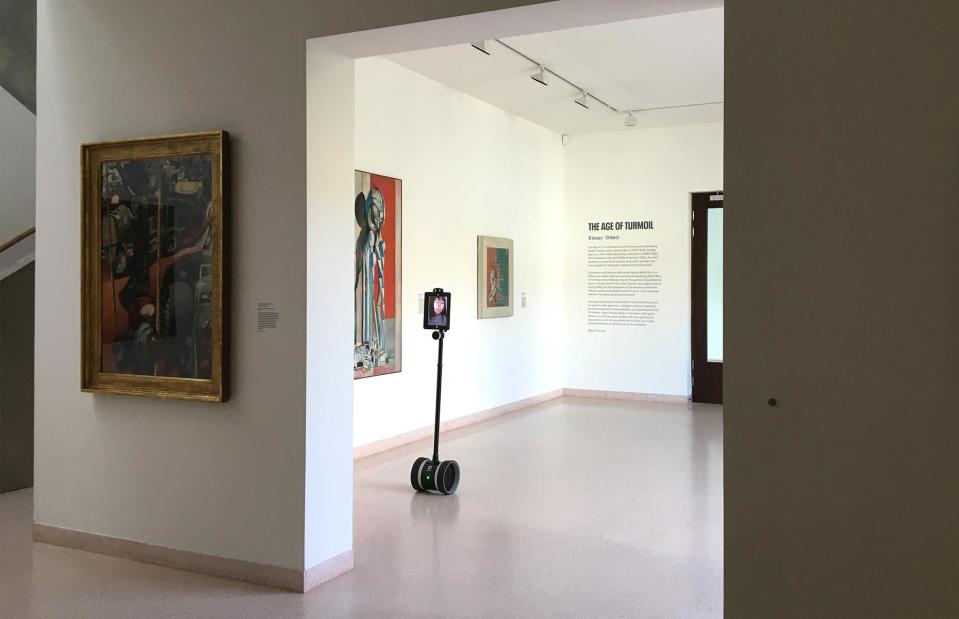
Hastings Contemporary
Now, in partnership with the Accentuate Programme and Robotics For Good CIC, Hastings Contemporary is keeping the scheme to give art-lovers who can't travel to the gallery the chance to still enjoy its exhibitions. Using robot tours to open up its collection, as well as facilitate equal opportunities to those who can only join in with activities remotely, Hastings Contemporary is becoming a pioneer of telepresence robot technology.
A bus-hotel hybrid

Cabin
Long-distance bus travel may not sound like a thing of luxury, but California company Cabin is aiming to 'completely reinvent the bus as we know it'. Cabin's vehicle – known as the 'dream machine' – sits somewhere between a bus and a luxury hotel, with comfy sleeper cabins complete with cosy linens, ambient lighting and little touches like slippers.
A bus-hotel hybrid
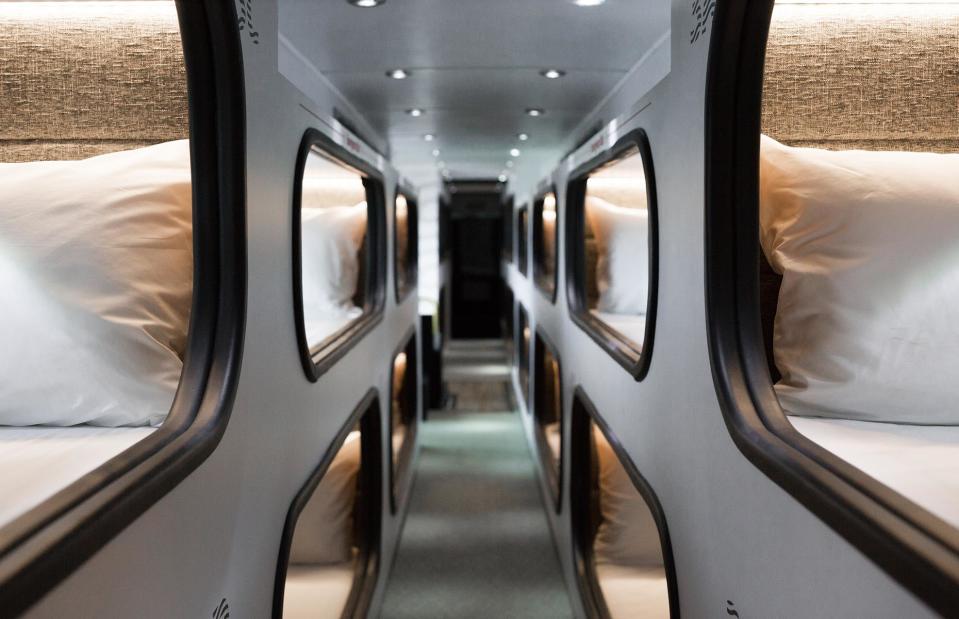
Cabin
Drivers take specific routes to make for a smooth journey and minimise (literal and figurative) bumps in the road. There's also special bump-cancelling technology that senses uneven road surfaces and moves beds up and down accordingly to control unwanted turbulence. Cabin vehicles can take you wine tasting in Santa Ynez, to the beach in Ventura or to Monterey Bay for kayaking and potential otter encounters. The company also offers private charters for groups of up to 12 people, meaning the world really is your oyster.
Virtual balconies
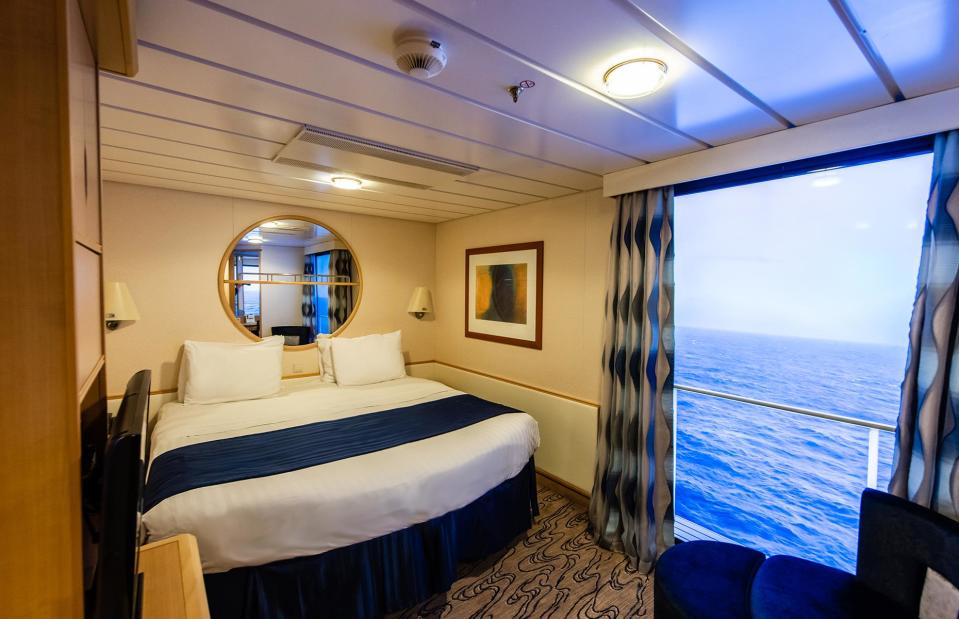
Royal Caribbean
Inside cabins are a money-saver on cruises, but that means you miss out on the sweeping ocean views afforded by rooms with balconies. Royal Caribbean has just the solution. Stretching right from floor to ceiling, its high-definition 'virtual balconies' show real-time footage of the sea outside, with sound effects thrown in for good measure. This snap shows a virtual balcony in action on Royal Caribbean’s Explorer of the Seas.
Wearable tech on cruise ships
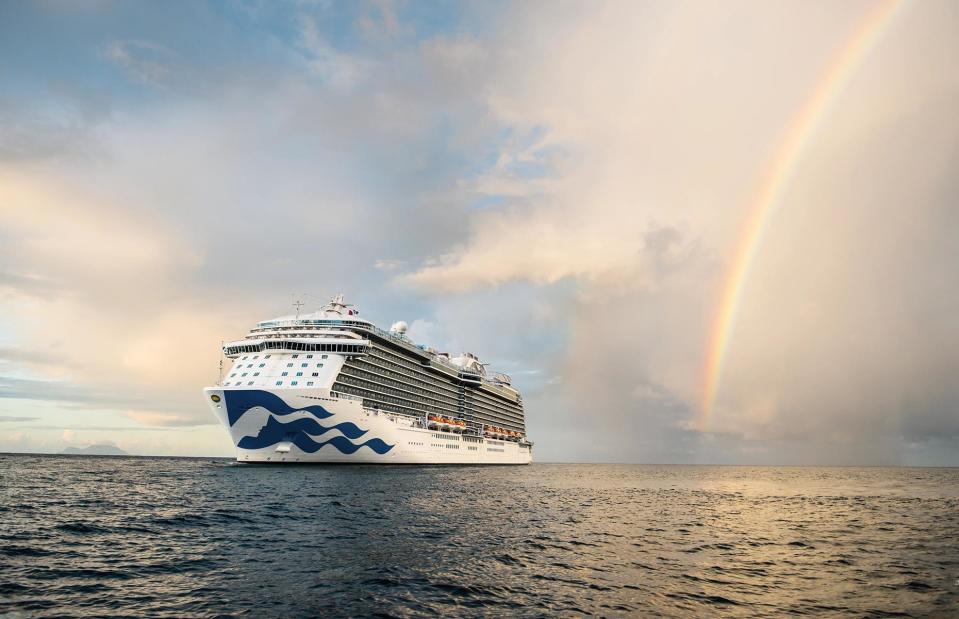
Princess Cruises
Carnival Corporation, a cruise company with subsidiaries including Princess Cruises, Seabourn and Holland America, has won awards for its Ocean Medallion. The tiny wearable device tracks your location onboard, meaning you can order a drink from anywhere, and also check your itinerary and find your way through the ship. It even recognises you on your approach to your suite and opens the door automatically. Sensors are dotted across participating ships like Princess Cruises' Royal Princess (pictured).
An energy-positive hotel
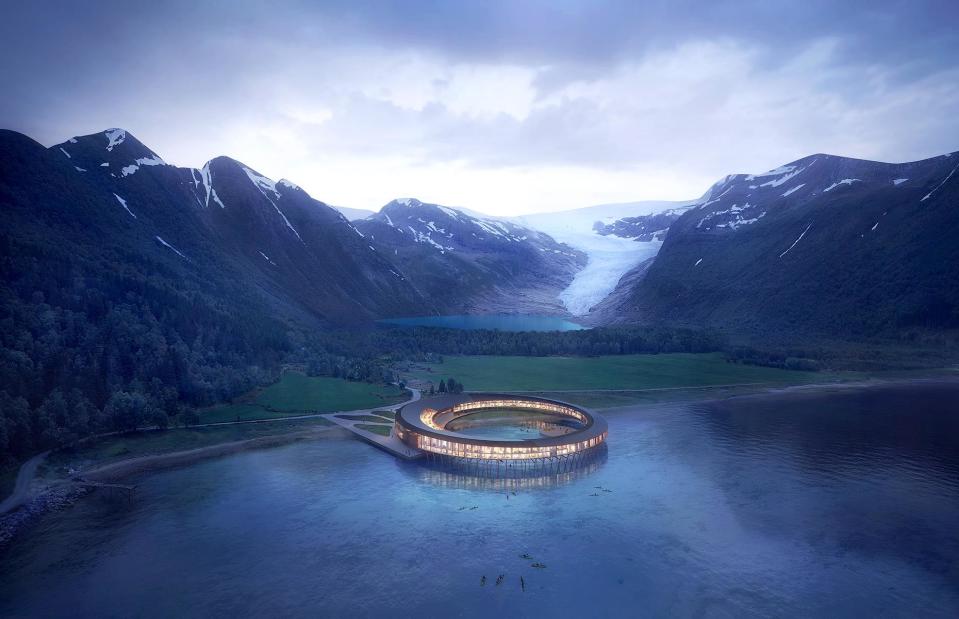
Snohetta Plompmozes
If you’re dreaming of getting far off the grid, this might be just the place. Set in the Arctic wilds of Norway, Svart, designed by architecture firm Snohetta, is tipped to be the world’s very first energy-positive hotel. Solar panels line the venue’s sleek roof and, according to its creators, the hotel will reap enough solar energy to cover its operations and its construction too.
An energy-positive hotel
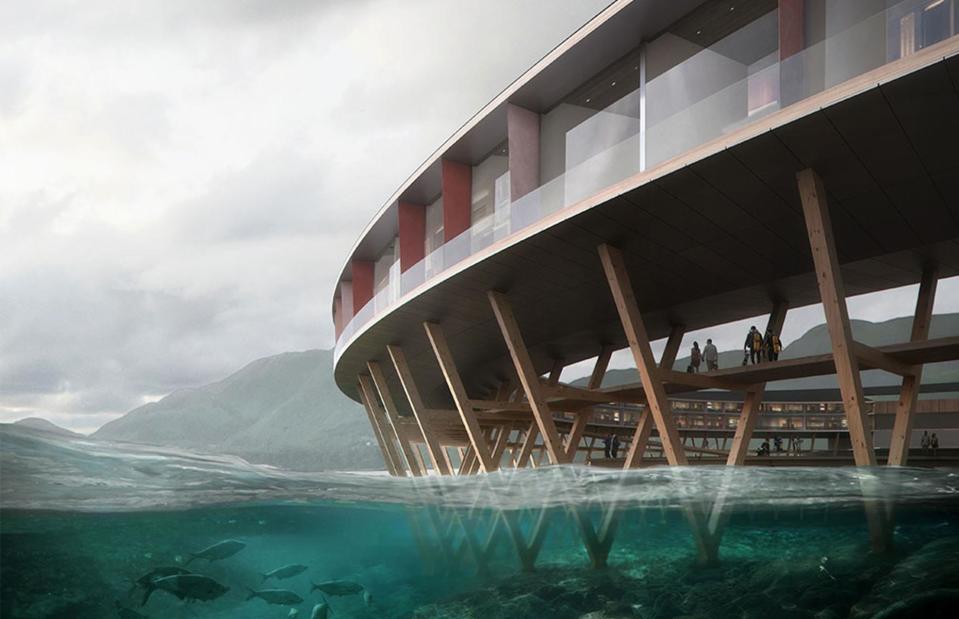
Snohetta Plompmozes
The hotel’s design has nature at its heart. It was inspired by local architectural traditions like 'rorbuer' – stilted cabins used seasonally by fishermen – and juts out into the Holandsfjord, supported by weather-resistant wooden poles. It will be reached by an energy-neutral boat that will shuttle guests to the hotel from the remote town of Bodo.
An energy-positive hotel
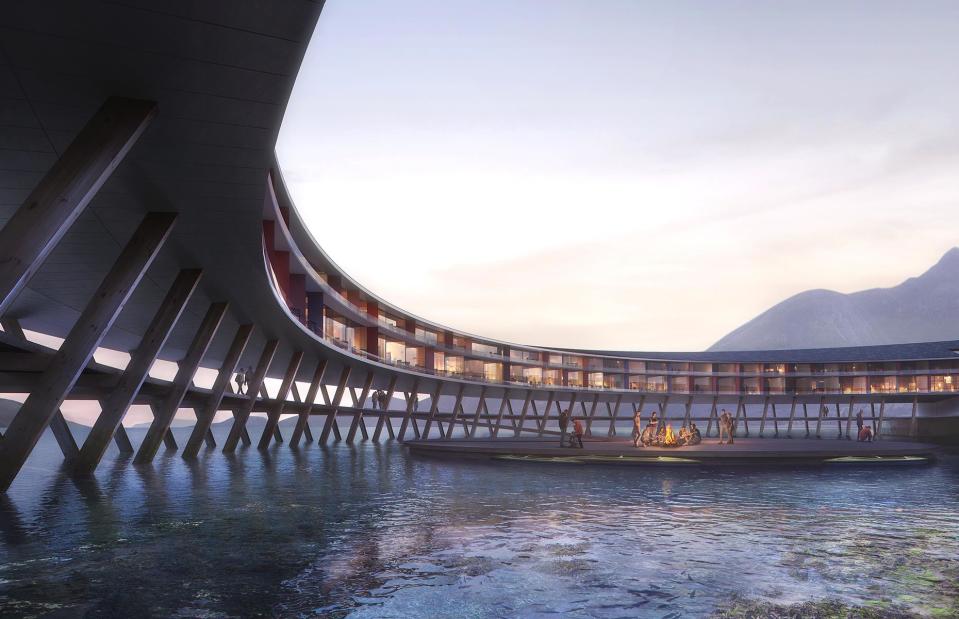
Snohetta Plompmozes
The sweeping circular design isn’t just for style points. It’s also got a very specific function – harvesting as much of the sun’s energy as possible. Restaurants, terraces and its 99 rooms are all strategically placed to take advantage of this solar power too. The hotel aims to be entirely self-sufficient within five years of running: that includes water, electricity and farm-to-table food. It was slated to open in 2024, but it hasn't yet been built. Here's hoping this amazing idea for a hotel can become a reality one day.
High-speed trains may replace planes in Europe
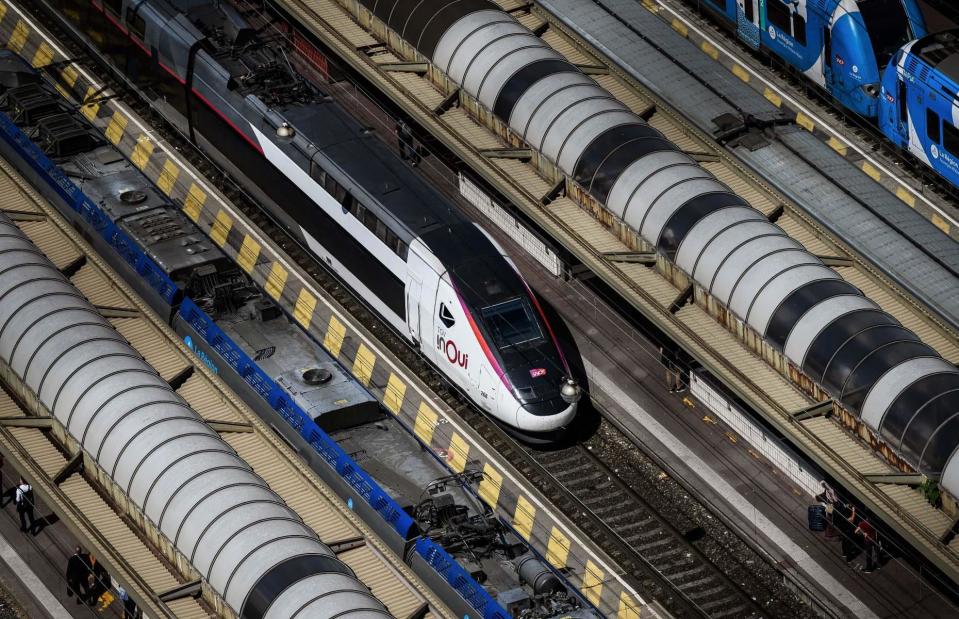
JEFF PACHOUD/AFP/Getty Images
Fancy a high-speed railway across Europe? Rail industry leaders are planning to create a vast network of super-fast trains between every major city in the European Union. The new rail lines will make travel across Europe easier, quicker and greener, in a bid to encourage more passengers to turn away from air travel.
High-speed trains may replace planes in Europe
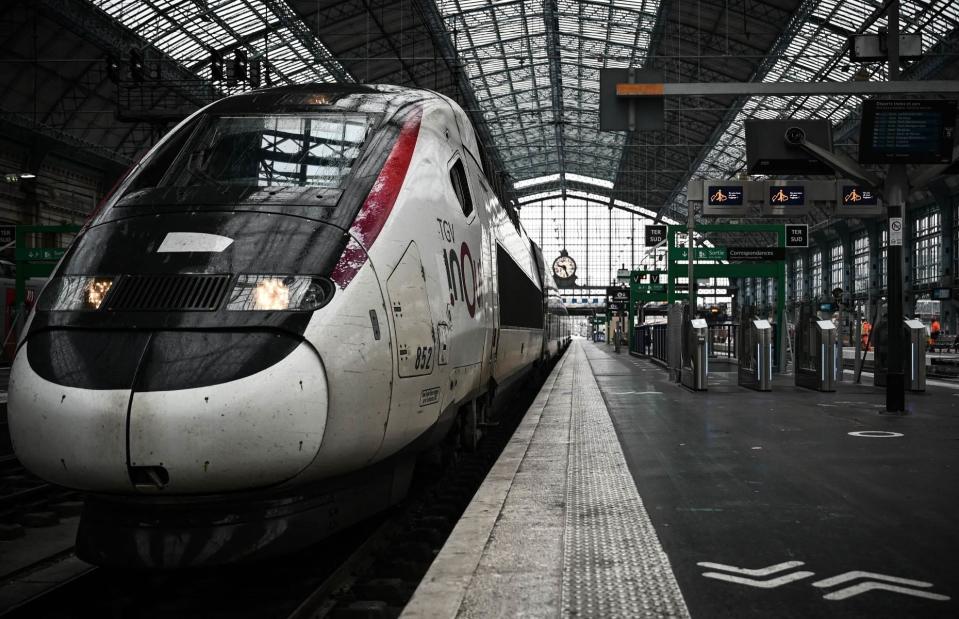
PHILIPPE LOPEZ/AFP/Getty Images
High-speed train travel is already hugely popular between cities like London, Brussels and Paris, so the demand for a larger network is rapidly growing. The current plan is to double high-speed train use by 2030 and triple current levels by 2050. In May 2023, Spanish rail operator Renfe started the process of applying to operate in Portugal, with dreams of high-speed links from Lisbon to Madrid and Galicia. In 2024, it was revealed that the Rail Baltica project – which aims to connect Estonia, Latvia and Lithuania with the European network via high-speed rail – should be completed by 2030.
Electric ferries that halve commuter times
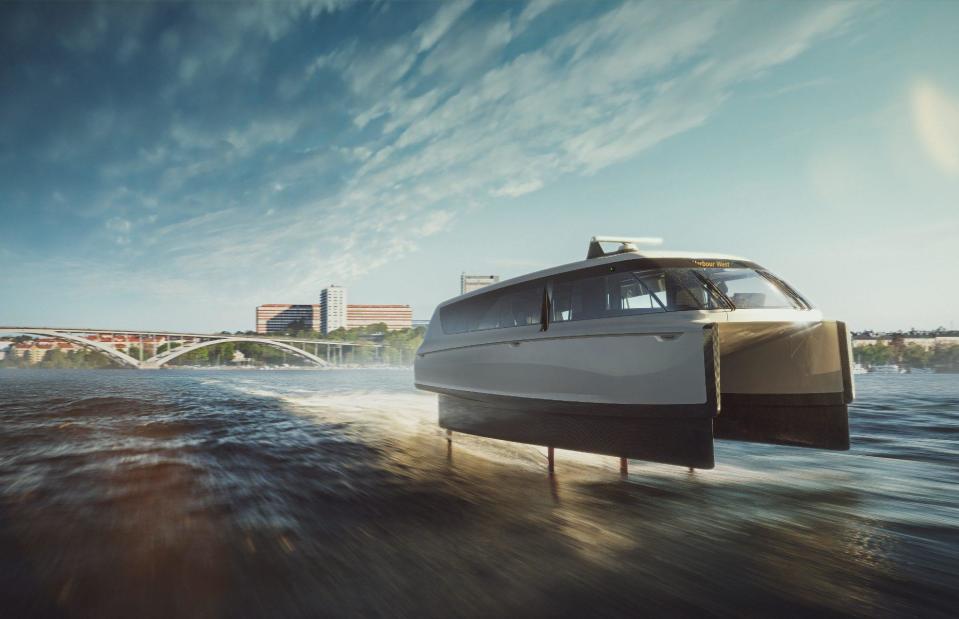
Candela P-12 Shuttle
The world's fastest and most energy-efficient electric ship, the Candela P-12 Shuttle, hit the water at the end of 2023, ready to begin its pilot as one of Stockholm's main public transport routes in 2024. Promising to reduce emissions and slash commuting times by half, the 'flying' ferry has three carbon fibre wings that extend from underneath its hull, raising the ship above the water to reduce seasickness and drag. The futuristic ferries can carry 30 passengers and will initially travel from the Stockholm suburb of Ekero to the city centre in 25 minutes.
Electric ferries that halve commuter times
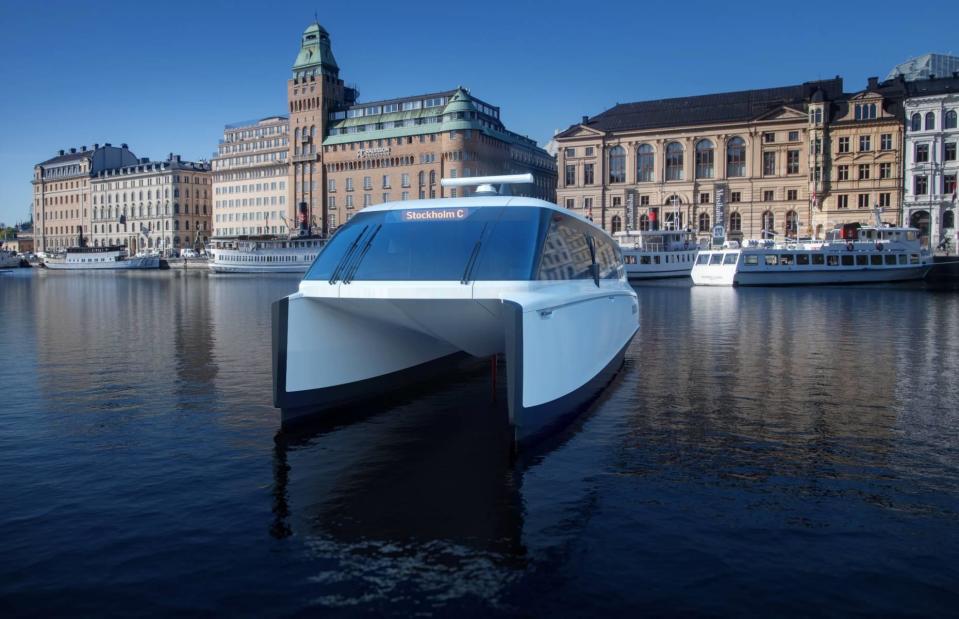
Candela P-12 Shuttle
Since the hydrofoil Candela P-12 Shuttle creates almost zero wake and so avoids wave damage to other vessels and shorelines, it has been granted permission to travel at faster speeds of up to 30 knots. Its wake-free capabilities also make it an attractive mode of transport for cities such as Venice, which has declared an emergency over the damaging impact of boat wakes on its fragile buildings. In 2024, Saudi Arabia announced it would be using a fleet of Candela P-12s to service the water taxi network of NEOM, the country's new futuristic city built in a line.
A Caracat to transform camping
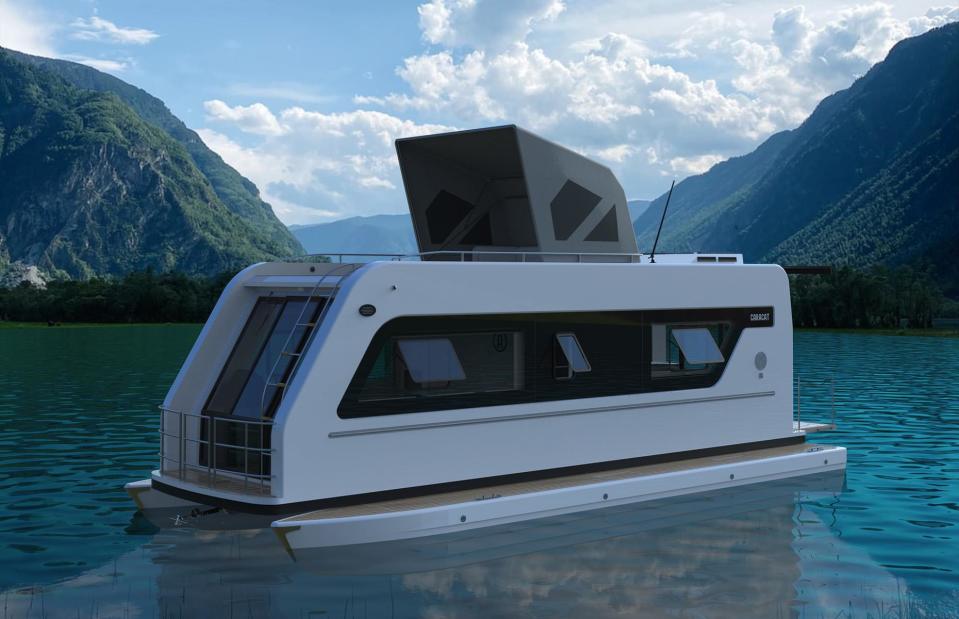
Schneider Caravaning GmbH
The Caracat is a luxury caravan that transforms into a catamaran, inviting campers to stay on land or lake. The game-changing mode of transport is available to order now from the Caracat website. There are three models to choose from, starting at £113,000 ($129,000) and reaching £260,500 ($298,000), all fitted with a rechargeable electric motor. It'll need to be towed on land, of course, but once you take to the water, 'pontoons' extend outwards to increase the width of the Caracat for stability while cruising.
AI-powered travel plans

mama_mia/Shutterstock
In April 2023, Expedia announced it would be partnering with OpenAI’s notorious bot ChatGPT to enhance its travel-planning tools. By going onto the Expedia app, customers can now start a conversation with ChatGPT to get recommendations on destinations, transport links and hotels; the latter are automatically favourited by the bot ready for the user to refer to again later.
AI-powered travel plans

Ascannio/Shutterstock
Expedia is the latest big name to adopt sophisticated AI as part of its functionality; its rival Kayak is using ChatGPT to assist travellers too. As reported in The New York Times, travel agencies are also incorporating ChatGPT into their trip-planning research, saying it can save them legwork and speed up their processes. While the capabilities of ChatGPT can help make the lives of travel agents and tour operators easier in the short term, it’s feared by some that AI may eventually replace those industries altogether.
Booking flights on Uber

ronstik/Shutterstock
In May 2023, ride-hailing app Uber unveiled a brand-new feature for UK users allowing them to book flights directly through the Uber portal. This means that travellers will be able to book end-to-end travel for both domestic and international trips, with cars, coaches, boats, trains and now planes at their disposal on the Uber app. The new flight-booking functionality is powered by online travel agent Hopper, with initial focus on a UK pilot before committing to roll-outs in other countries.
Space... the final frontier

FREDERIC J. BROWN/AFP via Getty Images
For most of the 20th century, holidaymakers using up annual leave on a quick trip to space was an idea reserved exclusively for the sci-fi genre. In recent decades, however, the rise of space tourism has gathered pace and seemingly become an inevitable part of Earth’s future. Founded in 2004 by Sir Richard Branson, Virgin Galactic now offers 90-minute trips into space for £345,000 ($450,000) per passenger.
Space... the final frontier

K.D. Leperi/Alamy
Virgin Galactic operates out of Spaceport America, the world’s first purpose-built commercial spaceport. Situated in the Jornada del Muerto desert basin of New Mexico, this 'gateway to space' – with its extraterrestrial appearance – cost £168 million ($219m) to construct. It hosted its first fully crewed test flight to space in July 2021. The successful journey was a proud moment for the onboard Branson, who’d started the ambitious business venture 17 years previously.
Space... the final frontier

Geopix/Alamy
Branson isn’t the only billionaire to have gravitated towards space tourism in recent years. Elon Musk and Jeff Bezos have also got in on the act, offering incredibly wealthy people the chance to escape Earth’s atmosphere. In 2022, Musk’s SpaceX launched three rich businessmen and their astronaut escort to the International Space Station for a week’s stay. They each paid £42 million ($55m) for the ride, accommodation and food. In May 2024, Blue Origin – founded by Bezos – launched six intrepid tourists into space from west Texas.
Now check out the most incredible photos of Earth from above

